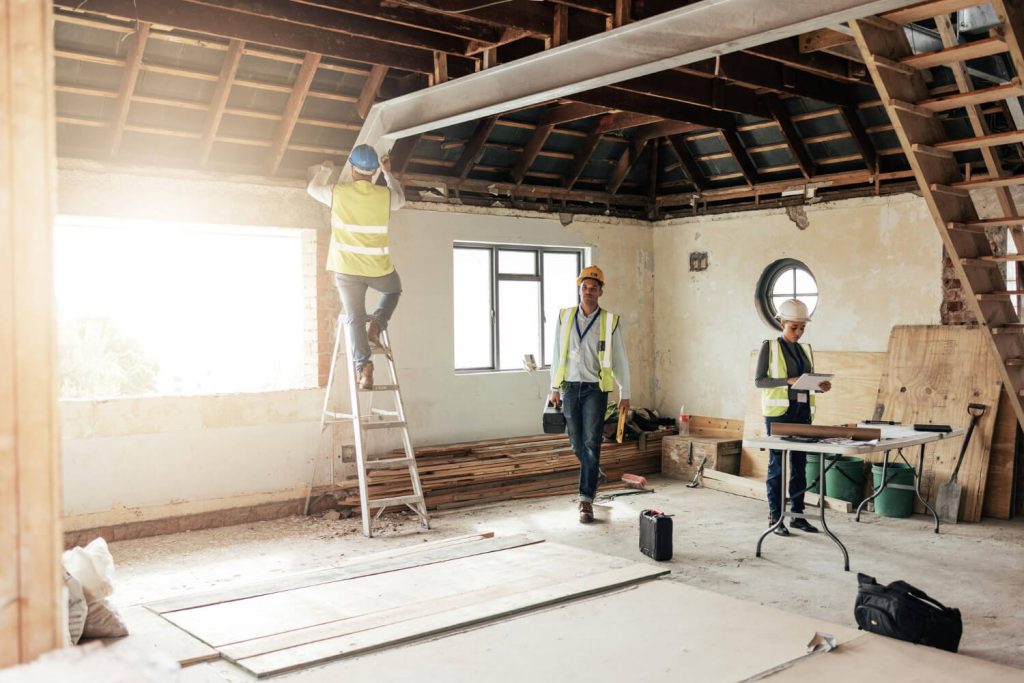Are you planning an office transformation? It’s a thrilling project that promises to breathe new life into your workspace, boost efficiency, and improve employee morale. It’s imperative to steer clear of some common reformation pitfalls. In this broad guide, we’ll discover 12 top office renovation mistakes you can avoid.
1. Skipping Proper Planning
One of the most significant aspects of any office renovation venture lies in its planning stage. Ignoring this crucial step is like setting sail without a destination. Proper planning involves bearing in mind your renovation objectives, financial plan, and timeline before any structure begins. A carefully planned preparation will serve as your roadmap, navigating you through the whole renovation procedure.
2. Neglecting Budget Realities
Reckless spending can turn your renovation mission into a financial nightmare. To keep this nightmare at bay, make sure that your budget is rational. Be systematic in your cost assessment and add a contingency fund to account for out-of-the-blue expenses. Adhering to your financial chart is important for keeping the project on the decided track and preventing financial pressure.
3. Ignoring Employee Input
Your employees are the soul of your institute, and their comfort, health, and satisfaction have to be a top priority. Failing to engage them in the renovation practice can contribute to disappointment with the ultimate result. It’s essential to look for their input and respond to design and layout. Considering their requirements and preferences, you can produce a workstation that cultivates productivity and satisfaction.
4. Not Considering Workflow
Breaking the workflow amidst a restoration can be upsetting to daily operations. Keeping to plan the production phases carefully can hamper productivity and cause needless stress for your employees. Remember that employees need a practical workspace throughout the development. A carefully planned renovation plan should take this into account to diminish discontinuity.
5. Overlooking Legal and Regulatory Requirements
Failing to abide by local structural norms and regulations can contribute to delays, official concerns, and potentially expensive fines. It’s essential to make sure that you have the basic permits and approvals in place before commencing your renovation. Taking care of the lawful aspects upfront will save you time and resources in the long run.
6. Choosing the Wrong Contractor
Choosing the right service provider is an important choice that can make or break your renovation project. It’s crucial to research and interrogate potential contractors watchfully. Look for a contractor with a firm standing and status, wide-ranging experience, and a track record of carrying out projects on time and within resources. An unfailing contractor will be a helpful partner in your renovation voyage.
7. Poor Communication
Effective communication plays a pivotal role in a successful renovation. It is highly important to have daily updates and transparent discussions with your contractor, employees, and other stakeholders, which can assist in preventing misunderstandings and delays. A setting of clear communication guarantees that everyone involved in the mission is on the same page, dropping the likelihood of expensive mistakes and blunders.
8. Rushing the Project
Haste makes waste, as it can lead to irrational decision-making and quality compromises. Rushing an office transformation is a general mistake. Set practical timelines and allow adequate time for planning and implementation. A well-paced project is more likely to capitulate a thriving outcome, and it avoids costly mistakes that can take place when corners are cut to meet tight deadlines.
9. Neglecting Sustainability
In this era, Sustainability is paramount. If you don’t opt for energy-saving lighting, eco-friendly materials, and waste diminution, it can result in amplified operational costs and a harmful environmental impact. Make sustainability and durability are primary concerns in your renovation plan to trim down your organization’s carbon footprint and put aside continuing energy costs.
10. Sacrificing Function for Aesthetics
Aesthetics are important in designing a pleasing workspace, but functionality is equally vital. A workspace should not only look excellent but also sustain the efficient functioning of your organization. Think about the everyday workflow and the preferences of your employees when making design choices.
11. Underestimating the Importance of Quality Materials
Cutting costs using below-par materials might sound like an economical option initially, but it can contribute to expensive repairs and replacements in the long run. Investing in excellent materials for your renovation will ensure a resilient and long-lasting result. Optimum-quality materials can save you money in the long term.
12. Not Planning for the Future
Your office renovation has to be practical. Think about how your organization’s requirements may change, so plan accordingly. A flexible workspace will save you from repeated renovations and make sure that your office stays functional and practical as your organization grows. Think long-term to make the most of the return on your renovation investment.
A successful office renovation comprises vigilant planning, budgeting, and transparent communication. Preventing these common mistakes will guarantee smooth and seamless development and a workspace that meets your organization’s preferences while enhancing employee contentment and productivity.





